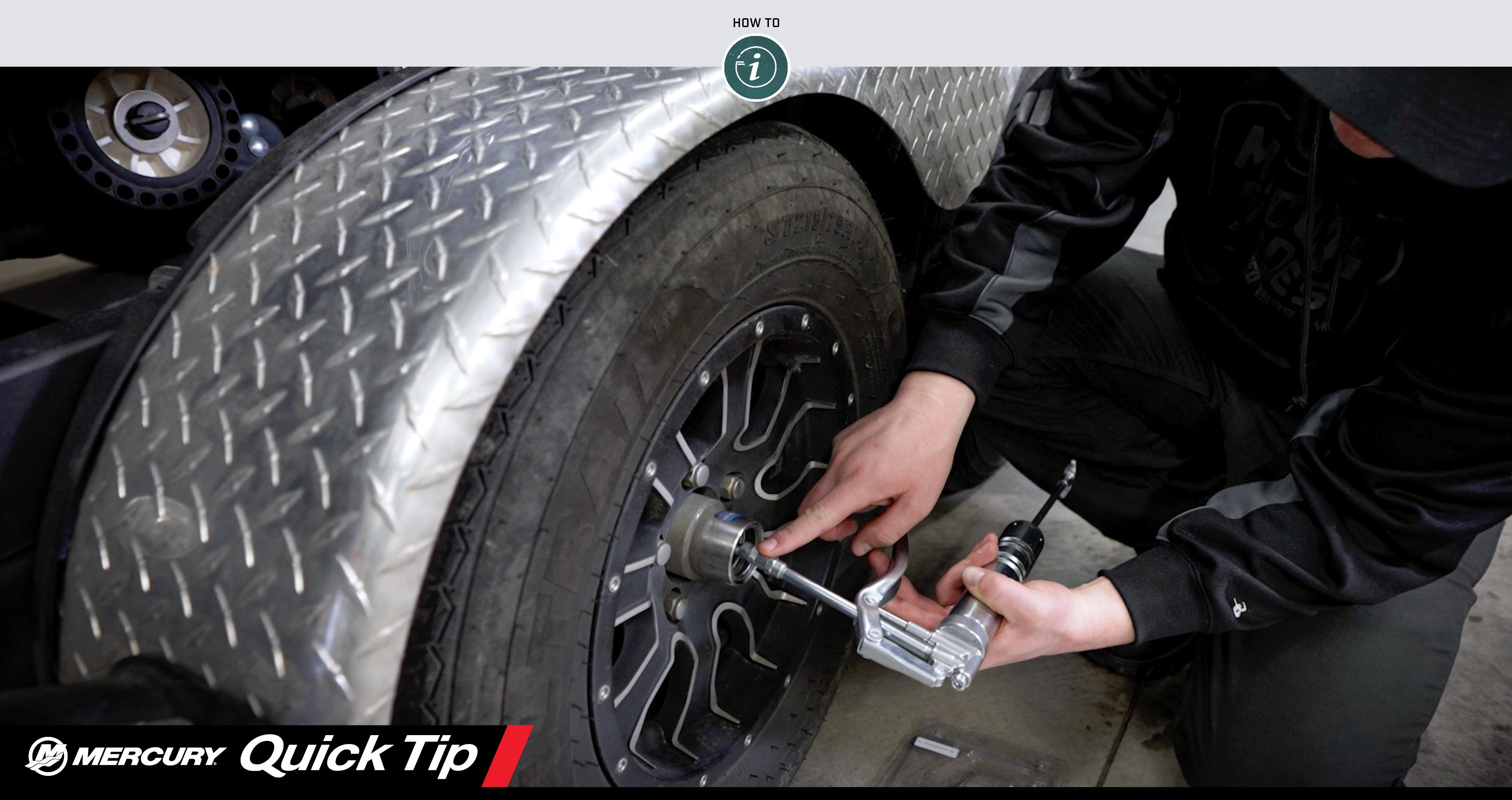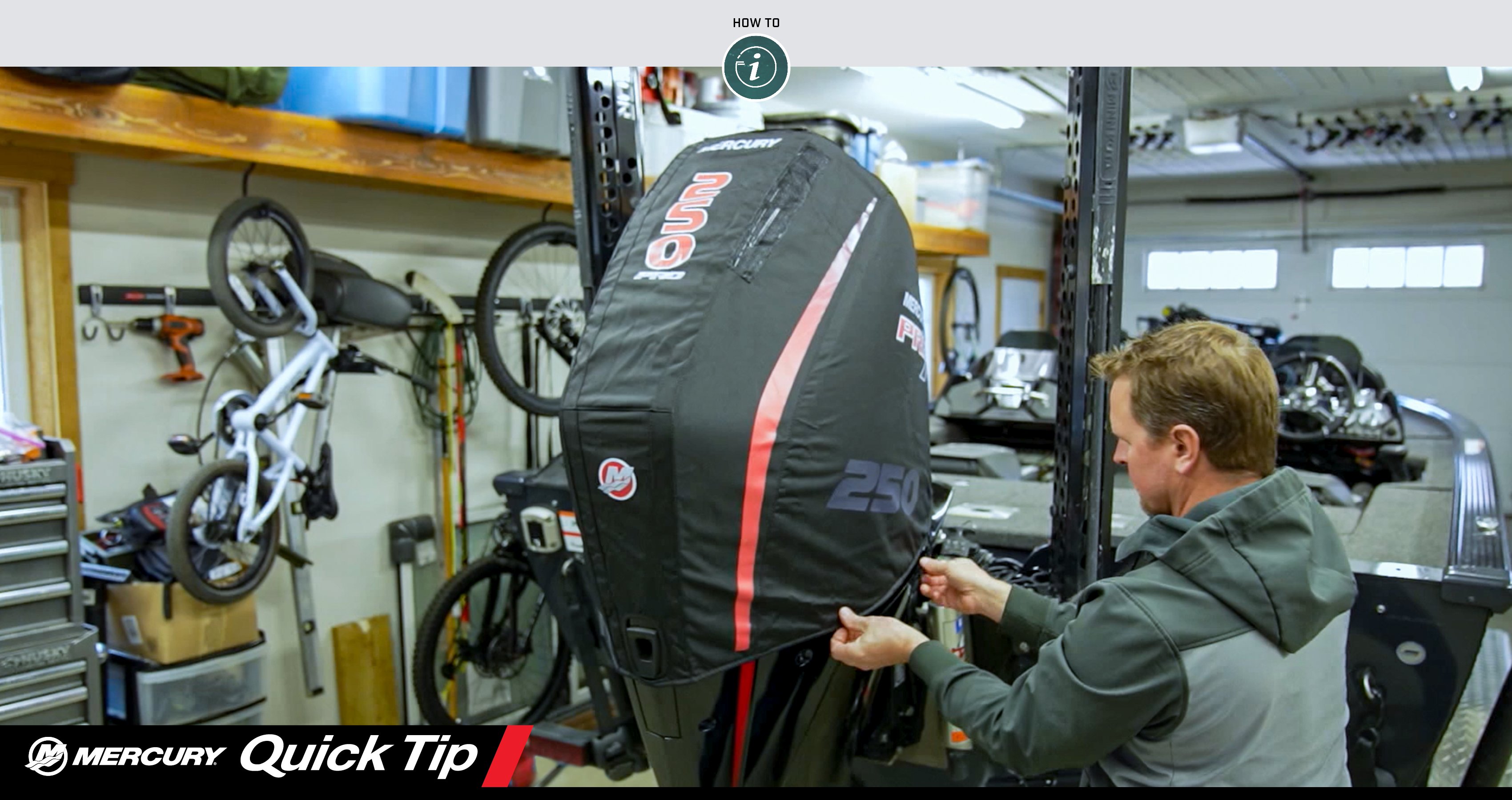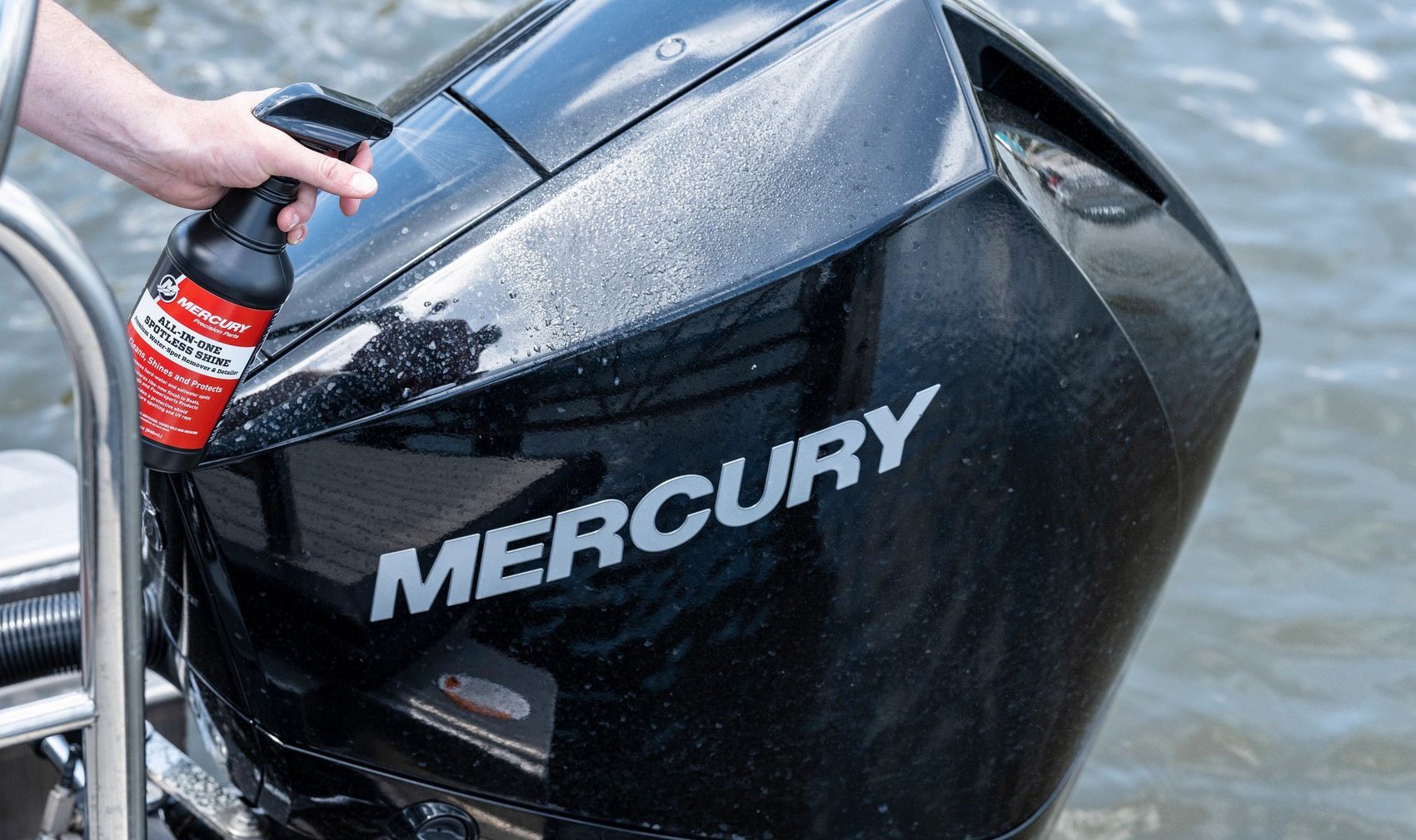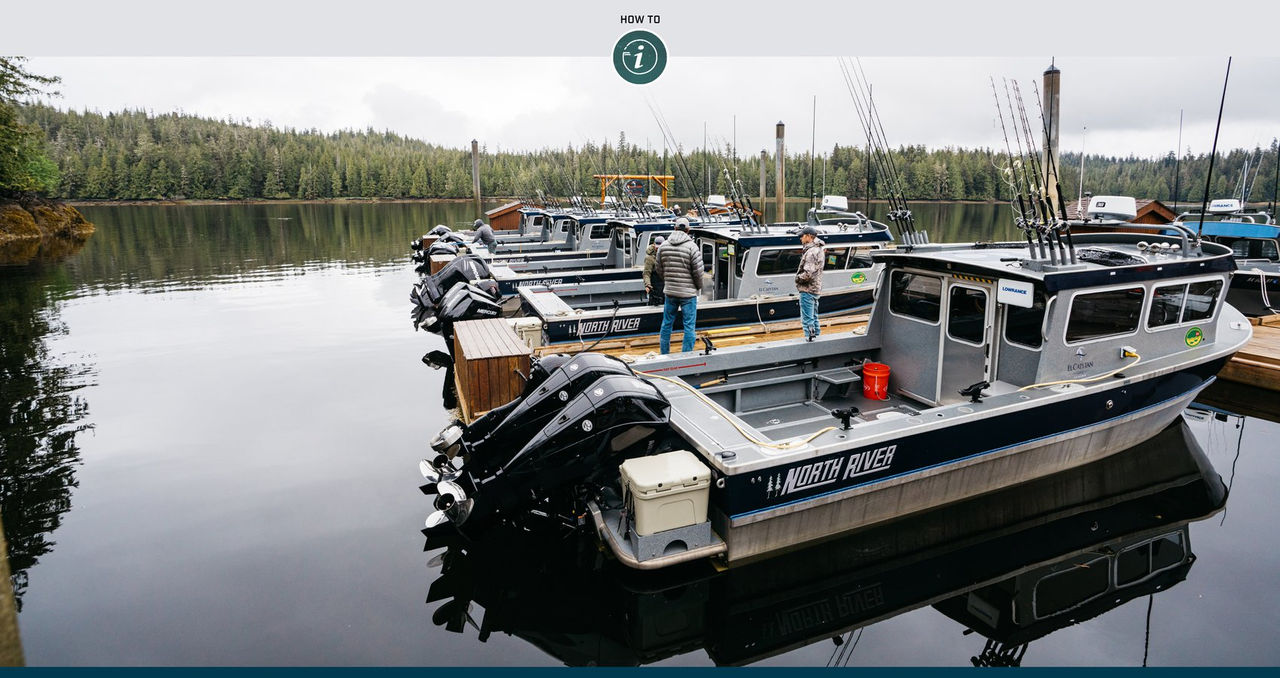So, you’re thinking it might be time to rent a slip at a marina. Perhaps you’re upgrading to a larger boat, one that cannot be towed and launched at your local ramp. You also might simply be tired of hauling and launching every time you want to go boating.
Once you’ve chosen the right marina for you, what’s next? And how can you make sure the experience will be a positive one?
1. Find the best parking spot
Consider the type of boat you have, and how comfortable you are with docking. Water depth isn’t the only consideration when you’re choosing a slip; you’ll also want to think about pier length.
For example, if you would like to enter your slip bow first, you’ll need to make sure the pier is long enough to allow those aboard to get on and off comfortably. Otherwise, you’ll need to reverse into the slip.
2. Protect your hull below the waterline
When you keep your boat in a slip, you’re exposing it to the elements — and local marine life — around the clock. Before you put your boat in the water, protect the hull below the waterline with antifouling bottom paint. One to two coats should be sufficient for a single season; three is better for multiple seasons and long-distance cruising.
Tip: When you paint the hull, use a different color for the first coat. That way, when you see that color through the top coats, you’ll know the bottom needs to be repainted soon.
3. Devise a strategy for lines
Once your boat is in the slip, experiment with your bow, stern and spring lines. The goal is to minimize the boat’s movement when wind and water conditions get testy. Spring lines might seem redundant, but they are safeguards against extra movement and also will prevent a misadventure if another line breaks.
Once you’ve nailed it, keep those lines set at the dock. In other words: When you cast off, remove the lines from the cleats on your boat, not from the cleats on the dock. That way, crew members and dockside helpers will know exactly how you prefer to secure your boat. (When you head out for the day, bring extra lines with you in case you need extra dockside assistance when you return.)
4. Don’t forget your fenders
Keep your fenders deployed while the boat is in the slip. They are a critical line of defense if you have any unexpected issues, keeping your boat off the dock and off your neighbor’s boat. Your neighbor will appreciate this.
5. Keep your space clean
Once your boat is secure, keep all dockside lines tidy. That means coiling the loose end at each cleat, or leading it back onto the boat. Lines scattered across the dock like spaghetti are unsightly and can be a safety issue.
6. Keep others in mind
Spending the night aboard your boat is a fun part of marina life. It’s like having a floating cottage, and good manners are important for the whole neighborhood.
For example, does your marina have quiet hours? If it does, keep the volume down on your music, TV programs or movies, and avoid loud talking or shouting. Also … no air horns and cheering if you’re leaving the dock early. (This might seem like common sense, but there’s always that one boat.)
7. Shut down electronics
If you’re leaving the marina to enjoy dinner or a night on the town, turn off your VHF radio, marine stereo, cockpit speakers, marine electronics and any excessive exterior lighting. Your neighbors will appreciate this.
8. Be thoughtful with the generator
Marinas are no different than campgrounds. Some people will take off for adventures elsewhere, while others will stay put and enjoy some R&R. Keep the latter group in mind: Be aware of fumes and noise, particularly if you have an older generator, and try to keep its use to a minimum. It doesn’t need to run all day (or all night) long.
9. Keep the automatic bilge pump running
This is one thing that should not be turned off. Make sure your automatic bilge pump is running before leaving your boat for any amount of time.
Tip: Consider getting a bilge counter so you know how many cycles the pump went through while you were away. If you pay attention to trends, you’ll know if a problem arises.
10. Conduct a final sweep
When it’s time to head for home, do a final sweep to make sure you haven’t accidentally left anything on the dock that will be an unwelcome discovery for passers-by or harm the marine environment. For starters, properly store or dispose of fishing line and hooks, unsealed cleaning products, leftover food and trash.
11. Cover the boat
Before you leave, cover your boat. That means use your cockpit cover, or take advantage of the canvas side curtains that go with vessel’s Bimini or hard top. Not only will the cover keep debris and pests out of the boat, it also will serve as a deterrent for anyone who might consider taking a peek aboard.
And remember: Make sure all the electronics are off, and the auto bilge pump is on.




